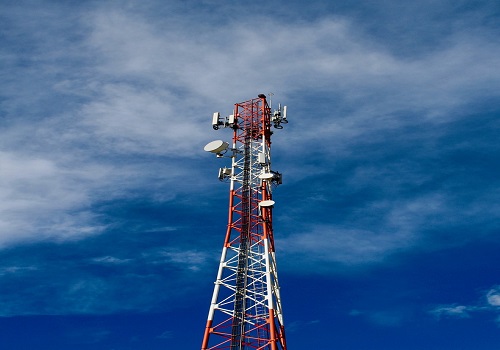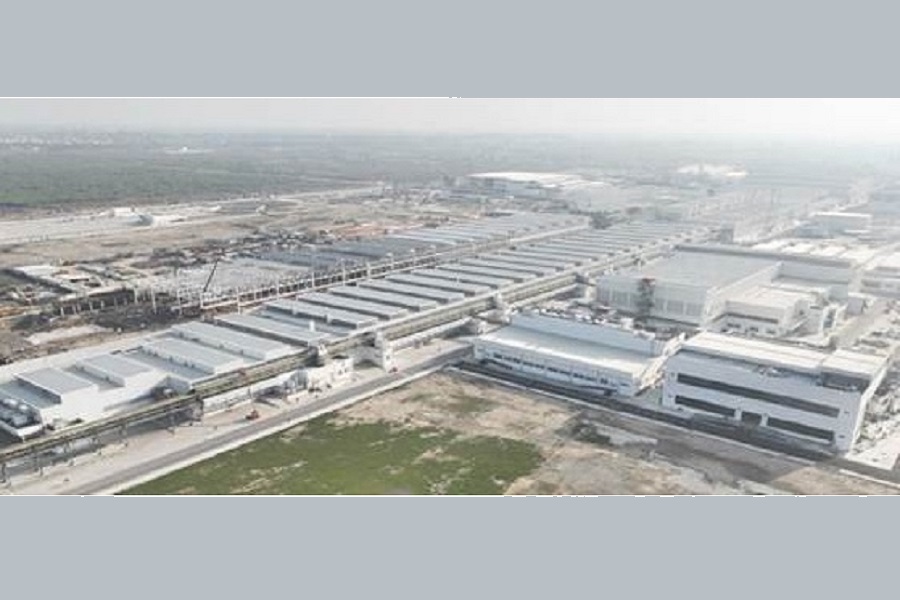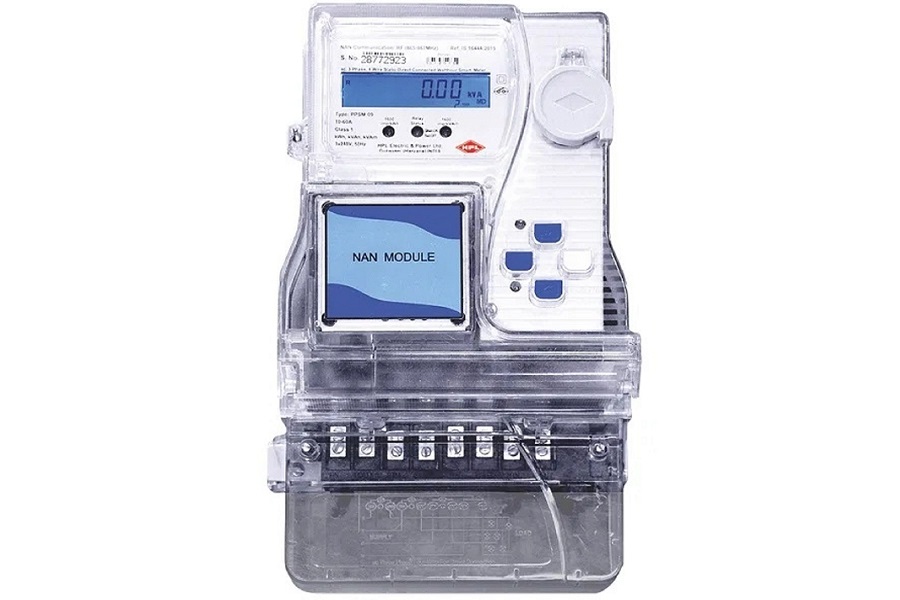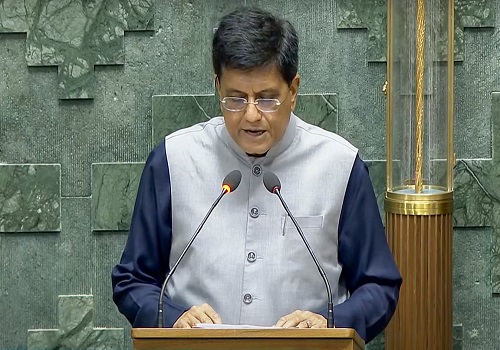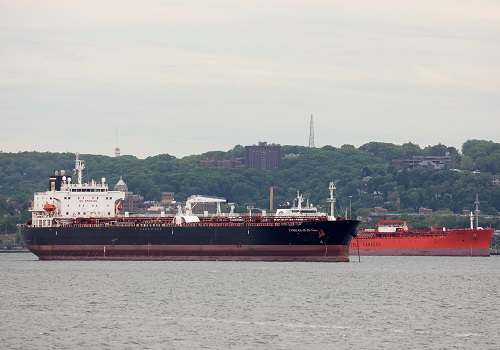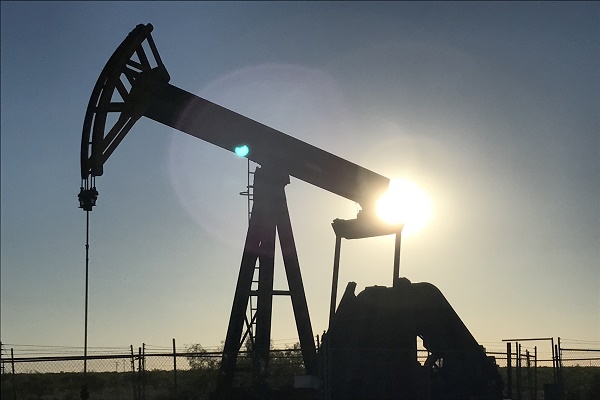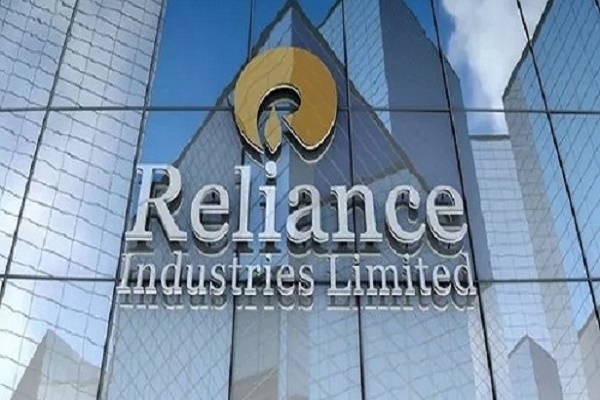Oil and Gas Sector Update : Crude price: At cross-road between Saudi & US short-term interest vs long-term compulsion by JM Financial Services Ltd

Despite the recent recovery, Brent price continues to trade low at ~USD 65/bbl, on a) demand concerns driven by the tariff uncertainty, though there has been some easing of concerns recently; b) surprise acceleration in output hike by Saudi Arabia-led OPEC+ at a time when oil market was already in a surplus; and c) risk of rise in supply from Iran by ~0.5mmbpd if the US removes sanctions on Iranian oil (vs possibility of decline in Iranian oil by ~1mmbpd if the US were to tighten sanctions). IEA expects the oil market to turn into ~0.8mmbpd surplus in CY25 (led by 1.6mmbpd supply growth vs demand growth of ~0.8mmbpd) and expects surplus to rise further in CY26; this compares to marginal deficit in CY24. However, as detailed in our earlier note Saudi Arabia - shift in strategy from price to market share?, we believe the temporary U-turn in Saudi Arabia’s-led OPEC+ strategy from price to market share is mostly to threaten Kazakhstan/Iraq to comply with the output quota and partly to accede to the US near-term demand for lower oil price to help end Russia-Ukraine war. However, both Saudi Arabia and the US need high crude price ~USD 70/bbl in the long-run, as otherwise it could lead to a steep rise in Saudi Arabia’s fiscal deficit (given its high fiscal break-even price of ~USD 85/bbl) and also hurt US shale oil capex (which will be against US President’s plans to boost energy exports to reduce US trade deficit).
Hence, we continue to believe Brent is unlikely to sustain significantly below ~USD 70/bbl. We maintain BUY on ONGC/Oil India as CMP is discounting USD 55-60/bbl of net crude realisation and also given robust ~15%/25% production growth outlook in the next 1-3 years. Sustained low crude price could boost OMCs' auto-fuel marketing margin, though this is unlikely to sustain as historical precedent suggests the government is likely to mostly hike excise duty and/or cut price of petrol/diesel if crude price sustains at low levels. Hence, we believe OMCs’ risk-reward is not favourable given their aggressive capex plans and as valuatons at 1.3-1.4x FY27 PB is 20-30% above historical average.
* IEA maintains CY25/CY26 oil demand growth to be muted at ~0.75mmbpd due to trade tensions and rising EV sales: IEA, in its May'25 monthly report, has marginally raised its global oil demand growth estimate by 15kbpd to 0.75mmbpd in CY25 (at 103.9mmbpd) and by 68kbpd to 0.74mmbpd in CY26 (at 104.7mmbpd); however this growth of ~0.75mmbpd is expected to be lower than historical annual demand growth of 1-1.1mmbpd due to impact of: a) trade tensions on global economic growth; and b) rising Electric Vehicle (EV) sales. IEA expects EV car sales are likely to exceed 20mn globally in CY25 (with 14mn in China itself), accounting for ~25% of global car sales; hence EV is expected to impact global oil demand by 5mmbpd by CY30 (vs 1.3mmbpd displacement in CY24). Emerging economies are likely to continue to be the driver of global oil demand growth, adding 0.86mmbpd in CY25 and 1mmbpd in CY26 – in contrast to accelerating decline in OECD countries oil demand (declining by 0.12mmbpd in CY25 and by 0.24mmbpd in CY26). IEA’s demand growth estimate of ~0.75mmbpd each in CY25 and CY26 compares with EIA's estimate of 1.0/0.9mmbpd and OPEC estimate of 1.3/1.3mmbpd in CY25/CY26 — Exhibit 6-7.
* Global oil inventory up 25mmbbl MoM in Mar’25 and likely to have risen in Apr’25 as well: IEA estimates global oil inventories rose by 25mmbbl MoM in Mar’25 (at 7,671mmbbl, but still ~220mmbbl below 5 year average) and likely to have risen in Apr’25 as well. OECD inventories rose by ~11mmbbl MoM to 2,719mmbbl, but still 121mmbbl below the 5-year average — Exhibit 8.
* OPEC+ output up by only 40kbpd MoM in Apr’25 vs. announced hike of ~140kbpd; OPEC+ announced accelerated hike of ~411kbpd each in May’25 & Jun’25, but actual hike might be lower due to likely output cuts by Kazakhstan, Iraq and others: OPEC+ had announced output hike of ~140kbpd in Apr’25; however, OPEC+ output rose by only 40kbpd MoM in Apr’25 to 41.96mmbpd primarily due to lower output in Saudi Arabia (down 110kbpd MoM to 8.96mmbpd), Kuwait (down 80kbpd) and Venezuela (down 130kbpd due to US sanctions); however it was offset by higher output in Russia (up 170kbpd MoM to 9.33mmbpd), Nigeria (up 90kbpd) and Iran (up 70kbpd MoM to 3.43mmbpd). Further, OPEC+ has announced accelerated output hike of ~411kbpd each in May’25 and Jun’25 (vs earlier plan of monthly hike of only ~140kbpd); but actual output hike is likely to be lower at ~250kbpd in May’25 and ~360kbpd in Jun’25 as Kazakhstan, Iraq, and other countries have agreed to make further output cuts during Apr’25 to Jun’26 (as per OPEC+ press release), to compensate for pumping above quotas in the last few months. For example, Kazakhstan’s Apr’25 output of 1.8mmbpd is 390kbpd above target. Further, improved compliance to output cut target from all OPEC+ countries could result in Saudi Arabia focussing back on support oil price (via curtailing output), instead of protecting its market share – Exhibit 10-12.
* IEA expects oil market to turn into ~0.8mmbpd of surplus in CY25 and expects surplus to further rise in CY26: IEA has raised global oil supply growth by 380kbpd to 1.6mmbpd in CY25 due to OPEC+ accelerated output hike (of ~411kbpd each in May’25 and Jun’25); this is led by 1.3mmbpd production growth from non-OPEC+ countries (US, Brazil, Guyana, Canada and Argentina) and ~0.3mmbpd from OPEC+. Further, IEA expects CY26 global oil supply growth at 970kbpd in CY26 led by 820kbpd hike from non-OPEC+ and 150kbpd hike from OPEC+. Hence, IEA believes the oil market could be in ~0.8mmbpd of surplus in CY25 vs. marginal deficit in CY24 (global oil supply to grow 1.6mmbpd vs. demand growth of 0.75mmbpd); surplus will further rise in CY26 as it expects global oil supply growth of ~1.3mmbpd (vs. demand growth of 0.74mmbpd) in CY26 – Exhibit 7
* Saudi Arabia has historically focussed on supporting oil price and revenue maximisation, except for temporary shift in its strategy towards protecting its market share: As detailed in our earlier note Saudi Arabia - shift in strategy from price to market share?, Saudi Arabia has historically focussed on supporting crude price (or revenue maximisation) given its high fiscal break-even oil price, but has temporarily changed its strategy towards protecting its market share depending on the nature of shock, behaviour of other producers, its fiscal condition, etc: a) it supported high oil price during CY10-14, but that led to incentivising investment in US shale; b) it ramped up output during CY14- 16 to protect its market share and drive oil prices down to impair the US shale economy, but lost the market share battle as US shale was able to lower the break-even cost to sub USD 50/bbl; c) it reverted to supporting oil price since end-CY16 but has also been able to largely protect loss of market share to other OPEC+ countries by pushing for strict compliance by all to output-cut targets; d) it temporarily increased output for a month during Apr’2020 to push Russia to agree to OPEC+ decision to sharply cut output to offset huge demand contraction post Covid; and e) it has successfully supported oil price along with all OPEC+ countries from May’2020 till recently until its decision in Mar’25 to hike output by~140kbpd from Apr’25 and further undertake accelerated output hike of ~420kbpd each in May’25 and Jun’25 to protect its market share against countries like Kazakhstan/Iraq etc. who were not complying to output cut targets – Exhibit 1-3.
* Recent U-turn in Saudi Arabia’s strategy from price to market share mostly to threaten Kazakhstan/Iraq etc. to comply with output quota and accede to US demand for lower oil price: We believe the surprise U-turn in Saudi Arabia’s strategy from price to market share is mostly due to continuous over-production by Kazakhstan (and Iraq, UEA and Russia); this seems to be the key reason for OPEC+ earlier surprise decision to hike output by ~130kbpd per month from Apr’25 and its recent decision to accelerate output hike to 411kbpd each in May’25 and Jun’25. Kazakhstan’s crude output is still high at 1.8mmbpd in Apr’25 (though down 1% MoM but still above its quota of 1.41mmbpd) due to expanded production at the key Tengiz field; Iraq’s output has declined in the last few months, but it was still at 4.22mmbpd in Apr’25, higher than its quota of 3.9mmbpd. Further, Saudi Arabia’s output hike decision is also partially driven by its desire to appease the US President amidst Russia-Ukraine peace talks (Trump has been pushing Saudi to lower oil prices to bring Russia to negotiating table). Exhibit 9-12.
* Brent unlikely to sustain significantly below ~USD 70/bbl as Saudi Arabia and US long-term compulsion requires oil price to stabilise ~USD 70/bbl: Brent price has temporarily fallen sharply to below USD 60/bbl due to demand concerns driven by trade war and OPEC+ accelerated output hike for Jun’25 as well; however Brent price has bounced back to ~USD 65/bbl as: a) trade concerns eased with US signing trade deal with UK, and more importantly, and agreed to cut tariff for atleast 90 days with China; and b) expectation of a potential US-Iran nuclear deal, which could lead to Iran’s current crude output rising from current 3.4mmbpd to pre-sanction output level of 3.8mmbpd seen pre-CY18 (vs risk of output could have declined to ~2.4mmbpd, that was seen in CY19 when US had tightened sanctions). We expect Saudi Arabia to switch back to its strategy to support prices given its fiscal break-even oil price is high at ~USD 85/bbl (Exhibit 13). Saudi Arabia's budget deficit has already jumped to USD 15.6bn in 1QCY25, more than 50% of its full CY25 deficit estimate of USD 27bn due to low oil price; the deficit could rise further given recent fall in oil price, possibly resulting in rising debt and delays in major diversification projects. Further, US President also needs high oil price of ~USD 70/bbl to ensure viability of its US shale projects as US is eyeing sharp jump in its energy exports as key source to reduce its trade deficit. Recent weakness in oil price has led to independent US shale producers cutting CY25 capex guidance by up to 9%; Diamondback Energy, largest independent oil producer in the Permian Basin, said US shale oil output has likely peaked and is likely to decline and expects US onshore oil rigs to drop by almost 10% by end of 2QCY25 and fall further thereafter. Hence IEA has also cut its estimate of US oil production by 40kbpd in CY25 and 190kbpd in CY26; EIA has also cut its US oil output estimate by 90kbpd to 13.42mmbpd for CY25 and by 70kbpd to 13.49mmbpd for CY26 (vs last week’s crude output of 13.5mmbpd).
* Maintain BUY on Oil India/ONGC based on our expectation of our Brent crude price assumption of USD 70/bbl and also given robust production growth outlook: We maintain BUY on Oil India (unchanged TP of INR 500) and also ONGC (unchanged TP of INR 290) based on our Brent crude price assumption of USD 70/bbl (while CMP is discounting ~USD 55-60/bbl of net crude realisation) and also given ~12%/25% production growth outlook in the next 1-3 years. Further, Oil India’s earnings growth is likely to be aided by expansion of the NRL refinery from 3mmtpa to 9mmtpa by Dec’25 given the management guidance of excise duty benefits continuing for the expanded capacity as well. However, ONGC/Oil India's earnings will be negatively impacted if Brent crude price sustains below USD 70/bbl with every USD 7/bbl decline in net crude realisation, resulting in a decline in our FY26 EPS and valuation by 9-12% (Exhibit 26-31). At CMP, ONGC trades at 5.5x FY27E consolidated EPS and 0.7x FY27E BV and Oil India trades at 6.3x FY27E consolidated EPS and 1.0x FY27E BV.
* Maintain our cautious view on OMCs as risk-reward still not favourable: Sustained lower crude price could boost OMCs’ auto-fuel marketing margin; at spot crude price of ~USD 64.5/bbl, OMCs’ autofuel marketing margin has jumped to ~INR 11/ltr (vs. historical INR 3.5/ltr or INR 4.8/ltr adjusting for LPG losses). However, this is unlikely to sustain at these high levels in the medium to long term as historical precedent suggests the government is likely to mostly hike the excise duty on petrol/diesel and/or cut petrol/diesel price if crude price sustains at low levels. We have a SELL rating on HPCL (TP INR 330) and IOCL (TP INR 130) and HOLD rating on BPCL (TP INR 295) as a) we believe OMCs’ integrated refining cum marketing margin will normalise around historical levels as the government may retain the benefit of any sustained fall in crude price via excise duty hike and/or cut fuel price to pass on benefit of lower crude price to end consumers; and b) OMCs’ aggressive capex plans accentuate our key structural concern as many of the projects fail to create long-term value for shareholders. At CMP: a) HPCL at 1.3x FY27 P/B (vs. historical average of 1.0x); b) BPCL is trading at 1.4x FY27 P/B (vs. average of 1.4x); and c) IOCL is trading at 0.9x FY27 P/B (vs. average of 0.9x) – Exhibit 32-56.
Please refer disclaimer at https://www.jmfl.com/disclaimer
SEBI Registration Number is INM000010361



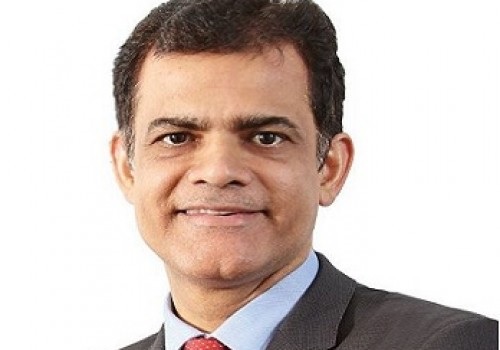






More News

Consumer Durables Sector Update : GST rate cuts a booster dose by JM Financial Services Ltd

